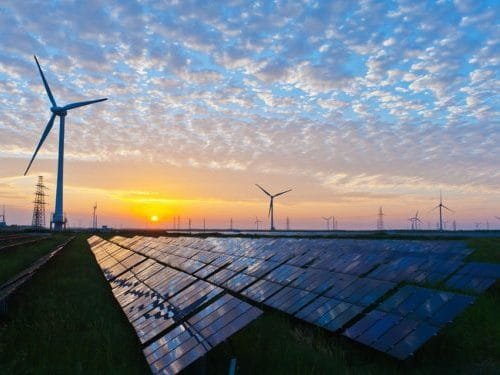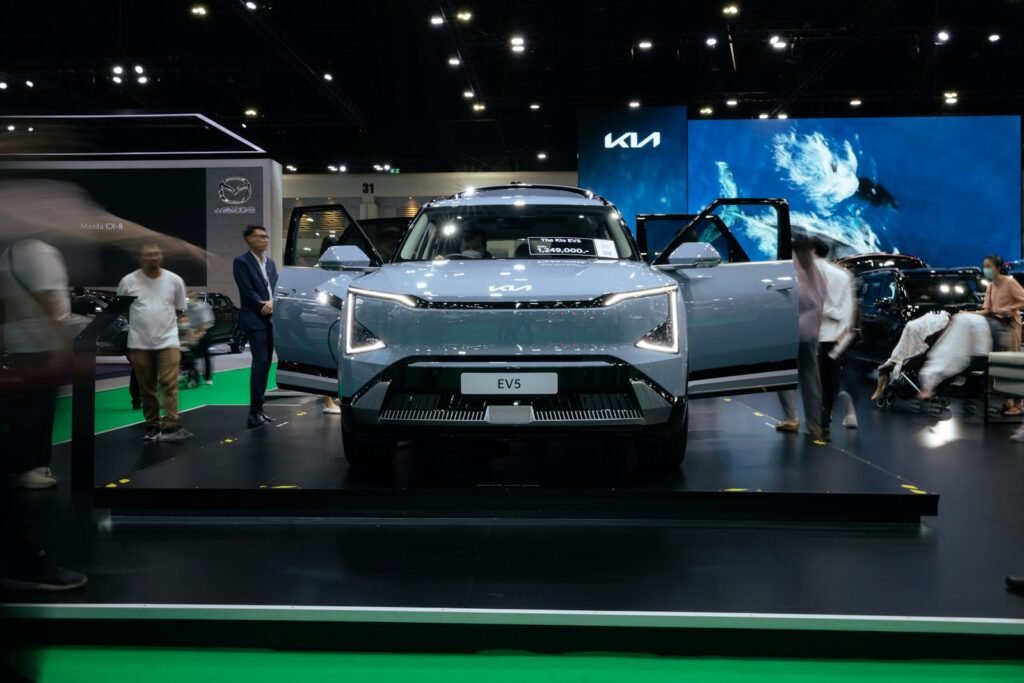Summary
- AI, with its increasing computational needs, must aim for net zero emissions to align with climate goals.
- While AI can help reduce emissions in various sectors, its demand for electricity can lead to increased emissions.
- Efforts must be made to power AI-related infrastructure with renewables, add surcharges to finance renewables, and focus on innovative emissions reduction measures.
Quotes:
- …as Nividia announced its newest, most powerful AI performance chip, rising demand for AI and the electricity it needs will likely increase even further. And this will happen not just in the U.S., but worldwide, as reflected in Saudi Arabia’s plan to invest $40 billion in AI.
- While there may be some efficiency gains because of AI, we can anticipate a net increase in electricity demand, particularly as the entertainment industry and others develop new and creative uses for AI.
- The IEA’s Net Zero Emissions by 2050 climate scenario and similar climate pathways are built on balancing carbon dioxide emissions from the energy sector and carbon dioxide removals. Deploying renewables, energy efficiency, fuel switching and other low-carbon technologies are keys to lowering emissions to a level that can be balanced through removals.
- Unmanaged AI, however, may hamper this effort, as its thirst for electricity results in a potential new source of emissions to be eliminated. AI needs to “pay for itself” regarding the climate by having net zero emissions and, preferably, even net negative emissions.
Read the full post at Environment – Inter Press Service.




